Melissa McEwen, host of the Hunt.Gather.Love blog and a commenter here, has a recap of the Weston A. Price Foundation’s recent Wise Traditions conference.
A few of her observations with my comments:
Stephan Guyenet and Chris Masterjohn are gentlemen as well as scholars. None of us will be surprised to hear this.
The Inuit eat a lot of plants. This was a finding by researcher Anore Jones, who has a book out called Plants that We Eat. (Thanks, Gary.) If you would like a flavor of Anore’s writing, check out an earlier report Anore did for the U.S. Fish and Wildlife Service in 2006 called Fish that We Eat, available here. It has interesting information, like the fact that freezing fish for 2 weeks kills the parasites that infect humans. Maybe we should eat frozen fish instead of fresh fish!
A lot of healthy cultures used steaming and boiling. This is one of our recommendations in the book: cook at low temperatures. Very high temperatures generate toxins. It’s never a surprise that traditional cultures developed health-maximizing practices. It is a surprise how quickly we lost their knowledge.
Check out Melissa’s blog for the rest!







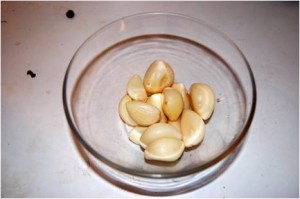
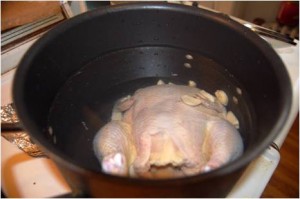
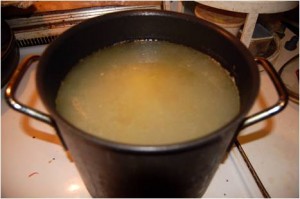
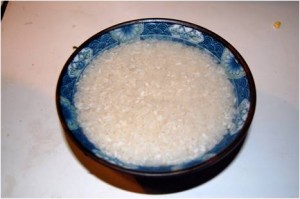

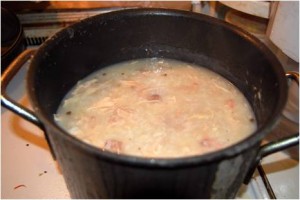
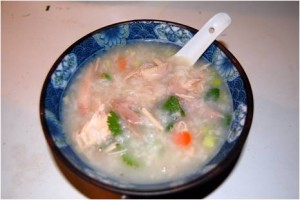

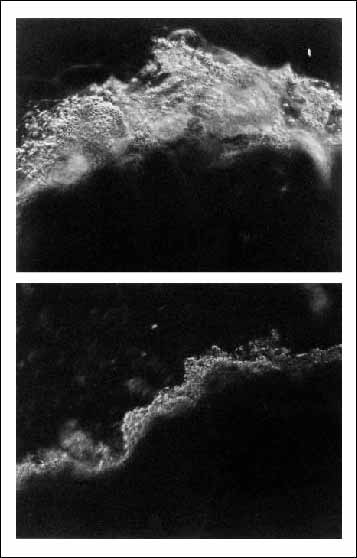
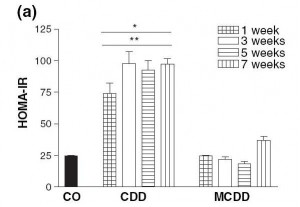



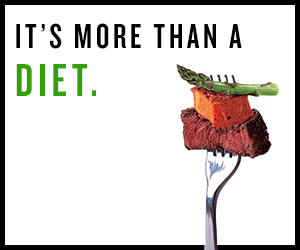
Recent Comments